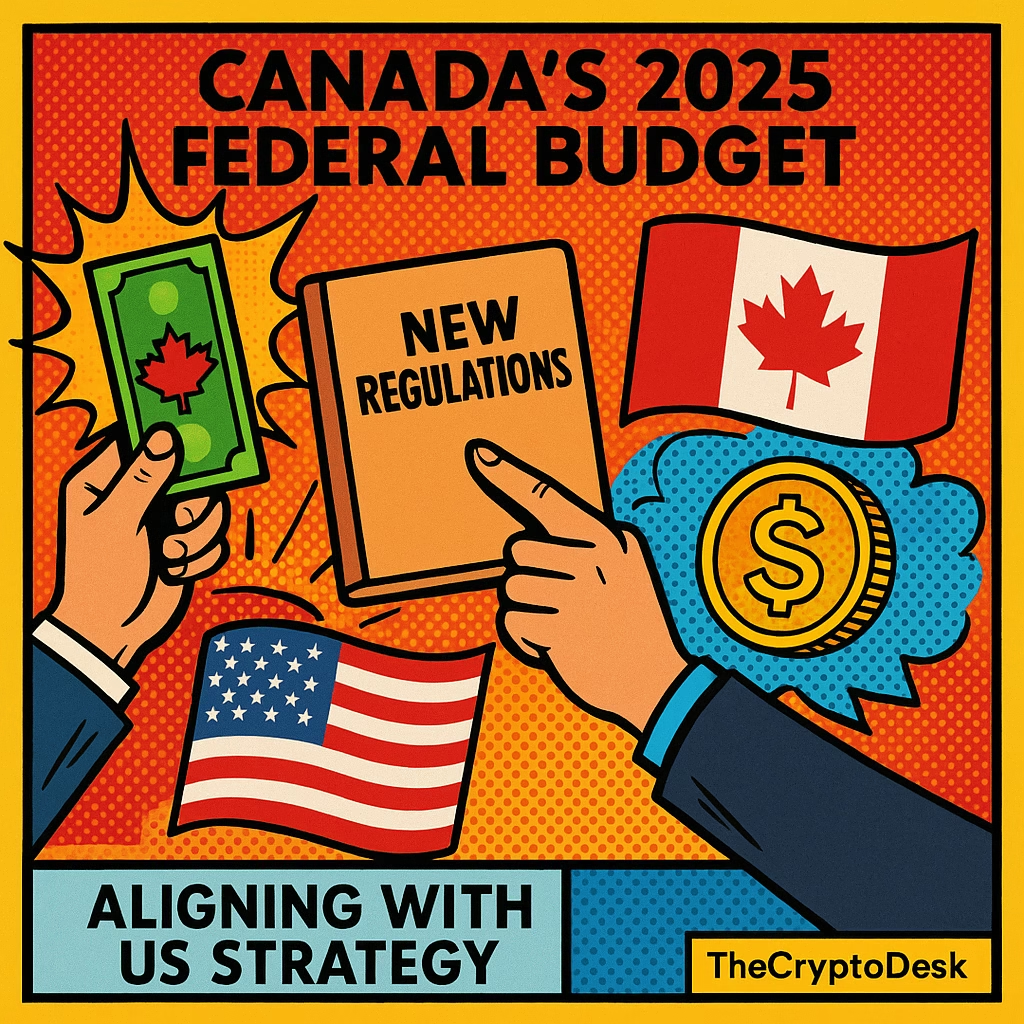Canada is on the brink of a monumental shift in its financial landscape as it gears up to introduce a comprehensive regulatory framework for fiat-backed stablecoins in its upcoming 2025 federal budget. This move is not just a bureaucratic formality; it mirrors the progressive steps recently taken by the United States and signals a bold step toward modernizing how Canadians engage with digital currencies.
In a world where digital assets are gaining traction at an unprecedented pace, this framework aims to bring clarity and trust to an evolving sector that serves an ever-broadening demographic. The Canadian government’s decision reflects a strategic response to growing global interest in stablecoins, which are poised to reshape the future of financial transactions.
With the Bank of Canada allocating a substantial $10 million over two years for the rollout of this framework, the government shows its commitment to spot-checking the burgeoning stablecoin ecosystem. This allocation will serve to fund the necessary oversight starting from the fiscal year 2026-2027, with annual costs expected to be recovered from regulated issuers under the Retail Payment Activities Act.
According to recent announcements, stablecoin issuers will be mandated to maintain full reserves, create straightforward redemption policies, and establish rigorous risk management systems designed to safeguard not just the financial interests of users but also their personal data. With this increased regulation, Canada aims to bolster consumer trust in digital payment systems while providing concrete guidelines for issuers in the rapidly expanding cryptocurrency market.
The timing of this initiative is critical. It comes closely on the heels of the United States’ passage of the GENIUS Act, which set a global precedent in stablecoin regulation and fueled regulatory conversations worldwide. Canada’s response not only indicates its desire to remain competitive on an international stage but also reinforces its commitment to enhancing transaction speed, reducing costs, and securing digital transactions for its approximately 41.7 million residents.
Industry leaders are expressing their enthusiasm for this regulatory direction. Lucas Matheson, CEO of Coinbase Canada, believes that this initiative could revolutionize the way Canadians interact with both money and the internet, hinting at a transformative future that redefines daily transactions.
🇨🇦 Canada just made a big step forward. Today’s federal budget includes new guidance on stablecoin regulation, signaling progress toward embracing faster, cheaper, and borderless payments. With 60,000 advocates strong, Stand with Crypto Canada will continue to be a driving force… pic.twitter.com/C0ZiO3GLsR— Stand With Crypto Canada 🇨🇦 (@StandWCrypto_CA) November 4, 2025
The excitement in Canada comes as the global stablecoin market reaches a staggering valuation of $309.1 billion, with predictions by the US Treasury suggesting it could soar to $2 trillion by 2028. Institutions like Western Union, SWIFT, MoneyGram, and Zelle are actively seeking ways to incorporate stablecoin solutions, highlighting a significant trend that is reshaping finance.
A notable Canadian contender in this space is Tetra Digital, which recently secured $10 million in funding from major players such as Shopify, Wealthsimple, and the National Bank of Canada to develop a stablecoin pegged to the Canadian dollar. This is especially significant given that the Bank of Canada had previously paused its central bank digital currency (CBDC) plans in September 2024, leaving an opening for private stablecoin initiatives.
Meanwhile, Western Union is also poised to make waves by launching its own US Dollar Payment Token (USDPT) on the Solana blockchain in the first half of 2026, with a distinct focus on lowering fees and speeding up transactions. According to CEO Devin McGranahan, this move represents the company’s long-standing mission to streamline money transfers, adapting now through blockchain technology to enhance efficiency and transparency.
This fostering environment for stablecoins in Canada and abroad demonstrates a clear leaning towards a digital future where traditional banking systems face disruption. The implications for Canada’s economy, potential investors, and consumers alike are profound and varied. Will Canada emerge as a leader in the global stablecoin space? Only time will tell, but for now, the stage is set for innovation to flourish.
As we watch these developments unfold, it’s evident that the future of money is changing. Are you ready to embrace it? Stay informed and engaged as Canada navigates this exciting new chapter in digital finance.
